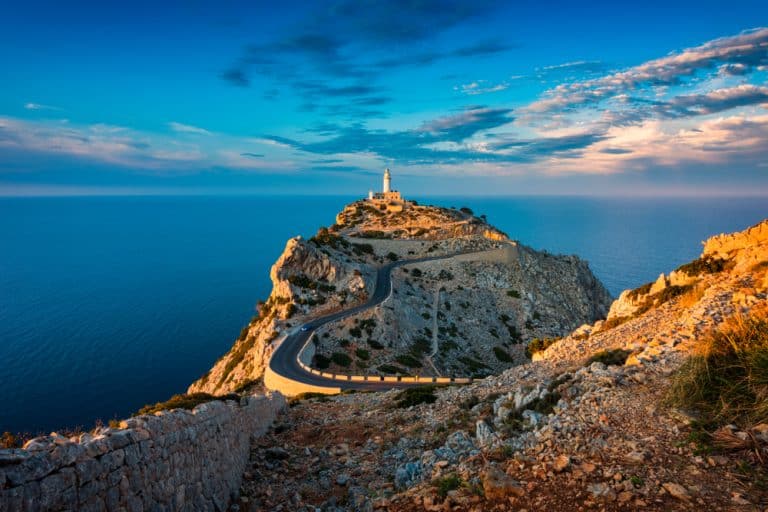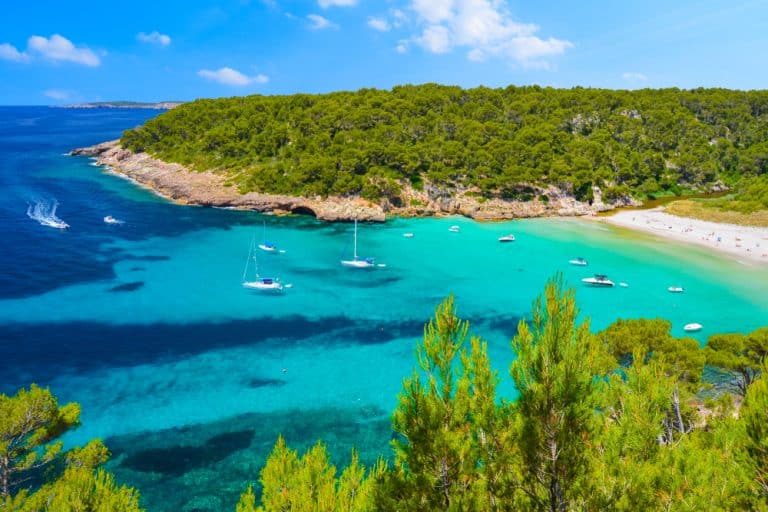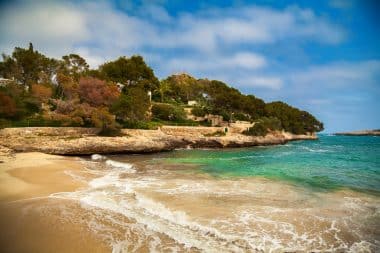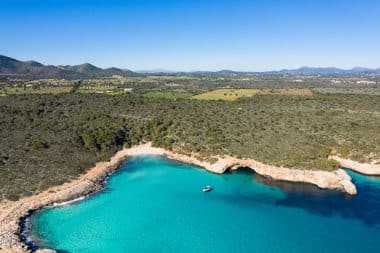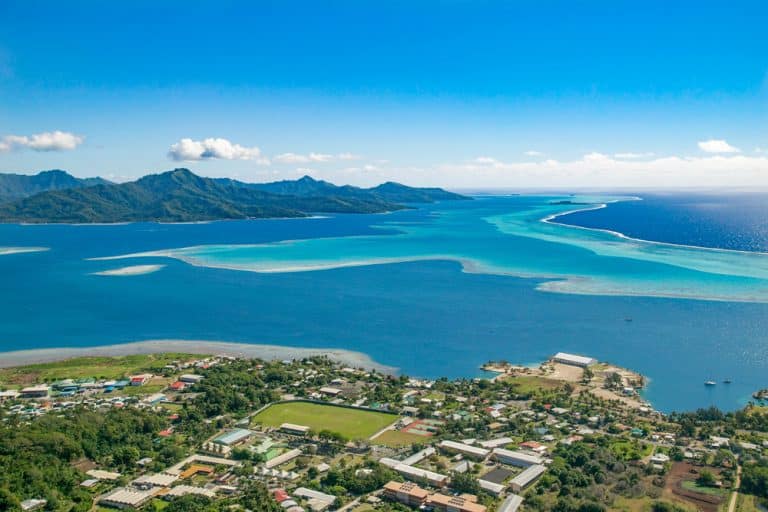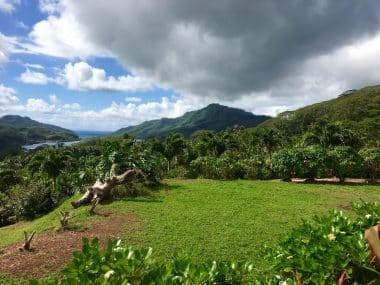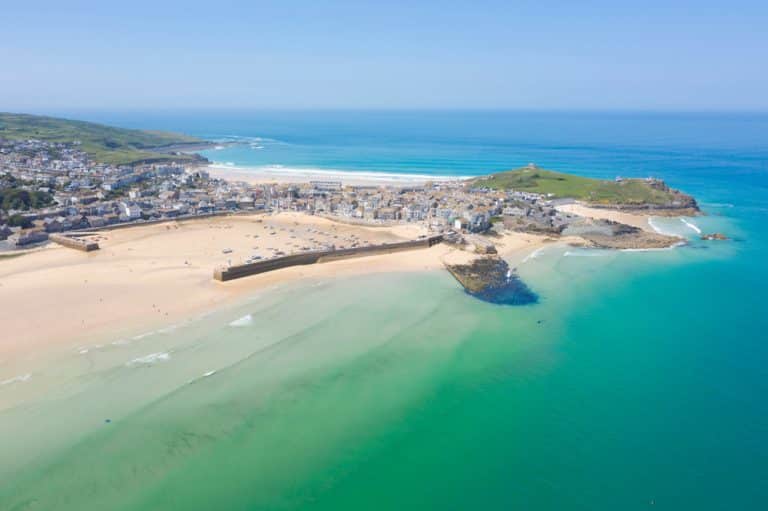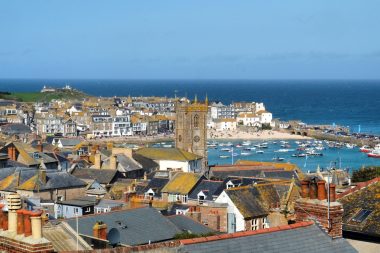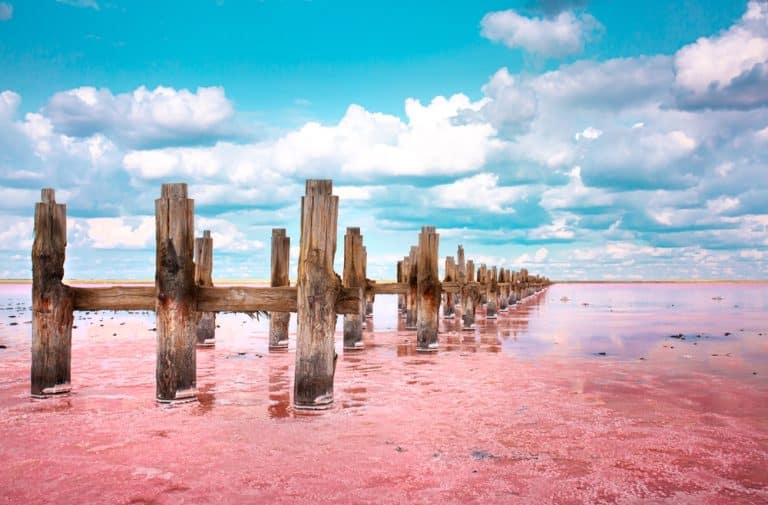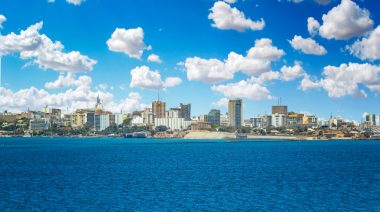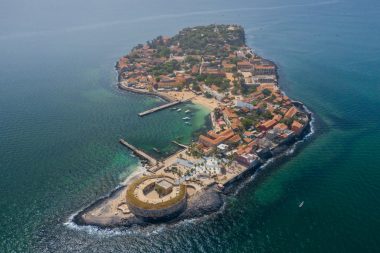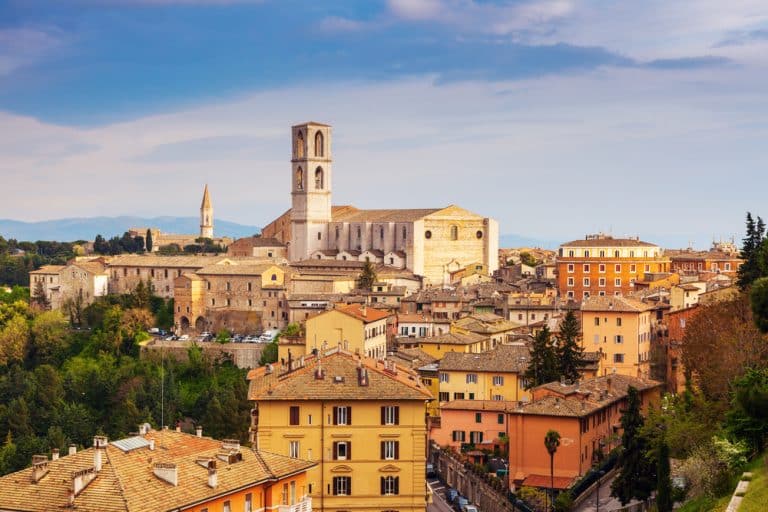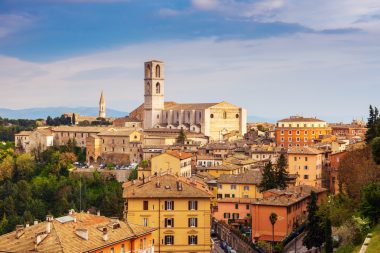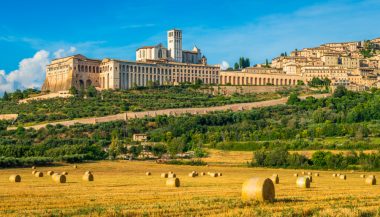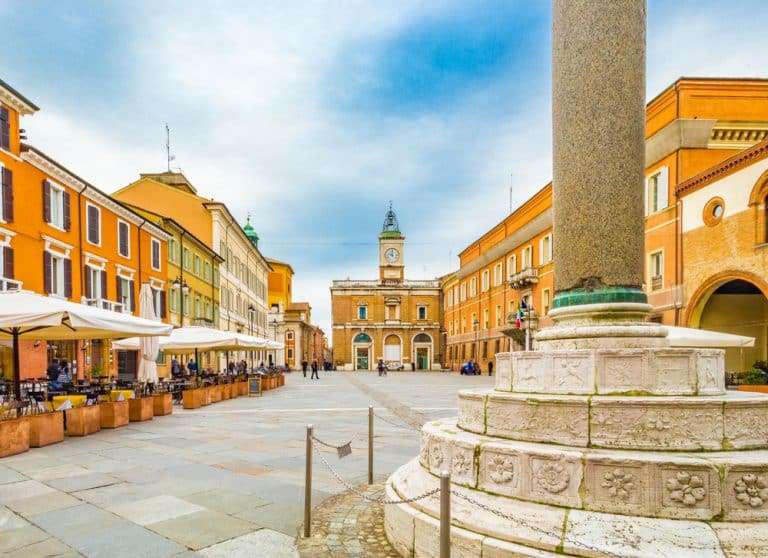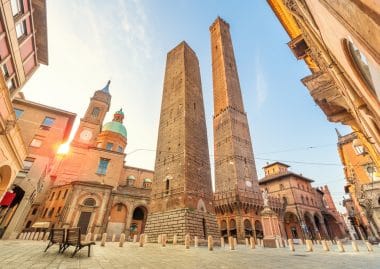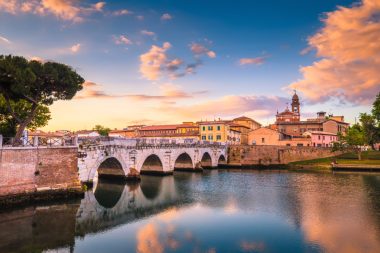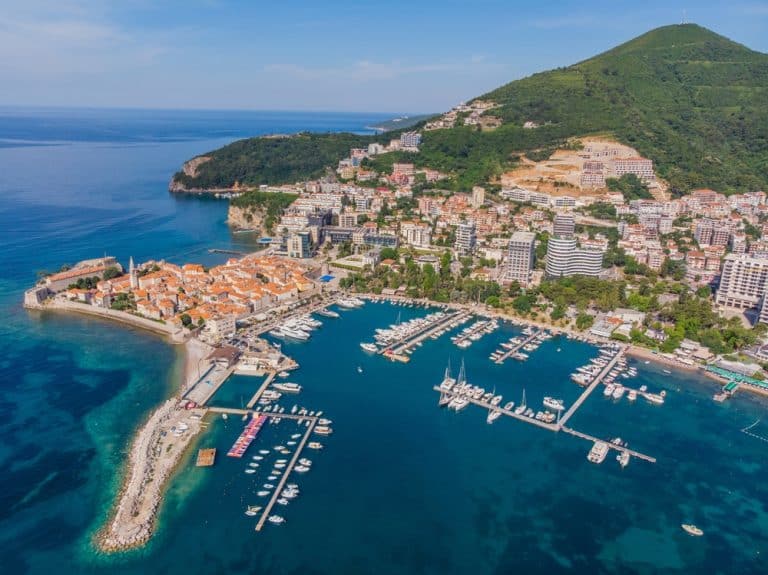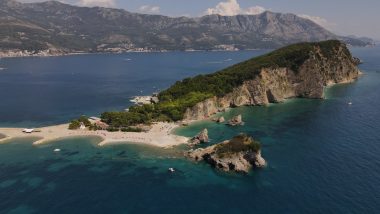What if I told you that there are more excursions in Mallorca than you can imagine?
Certainly, when you think of Mallorca, you think of beaches of fine sand, of the turquoise waters of the Mediterranean, of long days and slow sunsets, of the intense smells of a booming culinary culture that floods the narrow streets of the capital, right?
Mallorca is that and much more! There are many things to see and do in Mallorca.
Mallorca is not only the largest island of the Balearic Islands, it is also the largest in Spain (and the seventh largest in the Mediterranean).
Deep coves, stunning caves, capes, challenging hiking trails in the Sierra de Tramontana, catamaran and Sóller train tours, day trips and trips to neighboring islands.
Do you dare to explore the island?
In this post I have made a list of where I think they are the 10 best excursions in Mallorca. Let’s get started!
Best excursions in Mallorca
1. Excursion to the Caves of Drach
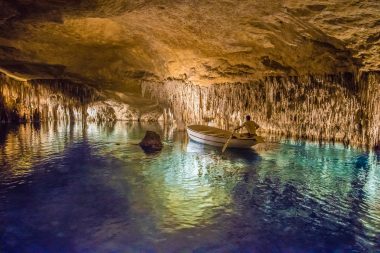
The 25-meter-deep cave is located on the outskirts of Porto Cristo, east of the island, the 1,200-meter-long hiking trails that run through the Caves of Drach will make you oscillate between the reality of what you see and the fantasy of legends.
In his story, a dragon who used the hiding caves (hence the name) is mixed with stories of pirates and buccaneers who hid their treasures in their depths.
In any case, the Caves of Drach offer a unique natural spectacle: underground rivers, stalactites and stalagmites that let your imagination run wild, a microclimate that stays close to 20 degrees all year round and a classical music concert on Lake Martel.
Without a doubt, one of the best excursions in Mallorca!
To get there from Palma, you can take bus line 401 from the Intermodal to Majorica (if you want to go directly to the caves) or to the Porto Cristo bus station. If you have a car, all you have to do is take the MA15 eastbound for an hour.
2. Train from Sóller, one of the best excursions in Mallorca
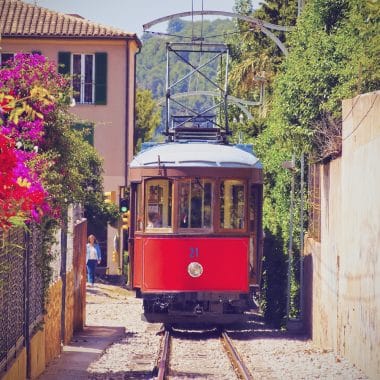
Do you know the expression that the most important thing is the journey, not the destination?
In Mallorca, this phrase takes on a literal meaning when you take the traditional Sóller train, which runs 6 times a day from Palma train station (in high season; in low season the frequency is reduced), meters from Plaza España and an hour later to the town of Sóller.
On its rattling route, which passes through bridges, viewpoints, tunnels and viaducts, it crosses the pine forests of the Buñola road to enter (or rather, climb) the heart of the Sierra de Tramontana and its centenary olive groves, before descending down the slope of Sóller, full of orange and lemon trees, in the north of the island.
This is one of the best excursions in Mallorca with children for the day, since from Sóller you can take the only tram line on the island to Puerto del Sóller, where you can enjoy a quiet day at the beach before starting the return the same way you arrived.
3. Excursion to Cala del Moro, Cala S’Almunia and Ses Covetes
If the city beach of Puerto de Sóller has made you want more, you can take a day trip in Mallorca: get to know Caló des Moro.
An unspoilt cove of white sand and rocks, bathed by a sea of intense turquoise, protected by two rock walls covered with pine trees.
The best thing, especially in high season, is to arrive early, as the bay is narrow and usually crowded.
In any case, just 200 meters from there is Cala S’Almunia, a small group of old jetties with the back to a series of local houses from which you can bathe in the tranquility of the Mediterranean.
Finally, 20 kilometers away is the extensive sandy beach of Ses Covetes, at the end of which there is a slightly less crowded nudist cove.
4. Excursion to Cape Formentor
Cape Formentor is located on the northern tip of the island and is home to some of the most beautiful views, especially at sunset.
In addition to Formentor beach, the Calas (such as the Murta or the Figuera) and the numerous hiking trails (such as the one that leads from the Mirador Es Colomer to the watchtower of Albercuix), a visit to the cape would be incomplete without visiting the famous Formentor lighthouse, the entrance to which is free.
Getting to the Cape, if at all, can be challenging. Except in special cases and for cyclists and hikers, the Consell de Mallorca usually imposes restrictions during the summer season, according to which only authorized vehicles and resident vehicles can circulate on the Formentor road.
5. Bellver Castle in Palma de Mallorca
Bellver Castle, built by King James II about seven hundred years ago, is located on the slope of a 112-meter-high mountain, about 3 kilometers from the Mallorcan capital.
This gives you a panoramic view of the city and its bay, as well as the Sierra de Tramontana and the Llano de Mallorca.
If you don’t opt for the view, you might be interested in the oddity of Gothic architecture and its circular layout or history.
In addition to serving as a residence for kings and rulers, it also functioned as a prison during the War of Succession and during the Spanish Civil War.
6. Deltas Nature Reserve, another of the best excursions in Mallorca
One of the most popular excursions from Palma de Mallorca among those who want to add a pinch of adrenaline to their trip is the jet ski tour to the Deltas Nature Reserve, which runs between high cliffs to reach hidden coves, natural pools and fine sandy beaches.
In addition, most operators that offer this excursion offer the possibility of snorkeling in one of the coves (generally in Cala Vella).
7. Excursions to Formentera from Mallorca
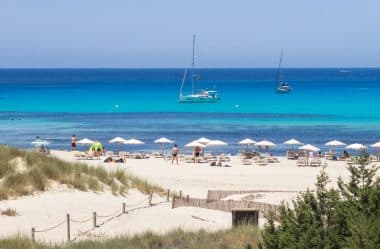
Formentera is the most virgin, smallest and isolated of the Balearic Islands (if we don’t count Cabrera, it is of course a national park).
Just so you can imagine, the island doesn’t even have an airport, so it can only be reached by ferry, which takes about 4 hours from Palma de Mallorca.
In Formentera you will find some of the most perfect beaches in the Mediterranean.
Ideally, you should hire a full-day excursion from Mallorca and enjoy the island to the fullest.
Although all the beaches are beautiful, I recommend that you do not overlook the beaches of Ses Illetes, Llevant and Cala Saona.
8. Catamaran trip along the coast of Mallorca
Just as the Sóller train takes you to explore the green and mountainous heart of the island, a catamaran trip is the perfect way to experience Mallorca’s more than 500 kilometers of coastline.
These trips can depart from Palma, Puerto de Pollensa (near Cabo de Formentor), Cala Ratjada and Puerto de Alcudia, and almost always include the opportunity to snorkel and visit coves, beaches and sea caves such as the Blue Cave of Cabrera.
9. Hiking through the Pareis torrent
The quantity (and quality) of hiking trails you can do in Mallorca are varied, but I can’t help but mention one of the best: the Torrente de Pareis in the Sierra de Tramontana.
This path of 7 kilometres, of medium to high intensity and of 6 hours duration, starts at its highest point (630 metres) in Escorca and from there descends the Torrente de Lluc, through a forest, to the confluence with the Torrente de Es Gorg Blau.
From here, the path leads through the ravine, between high stone walls, to the end of the path, in Sa Calobra.
Before you go: remember that it is a complicated path, so it is not advisable to do it with children under 10 years old.
In addition to proper footwear and a good amount of drinking water, you should consult with the locals about the conditions of the gorge, as it becomes impassable during the rainy season (at least 15 days must pass since the last rains to make it accessible).
10. Dolphin watching in Mallorca
Another excursion in Mallorca, ideal for the family, is dolphin watching.
It’s only been a few years since this tour was organized in Mallorca, but it’s quickly become one of the most popular.
The reason? Okay, the dolphins. But also the protectionist approach of the tours (it is forbidden to swim with the dolphins) and the possibility of seeing the sunrise over the Mediterranean Sea.
As you can see, Mallorca is an island that has a lot to offer you. It’s up to you to dare to explore its coves and mountains, its caves and its paths and, in short, leave the retraced path.
If you want to help me complete the list of the 10 best excursions in Mallorca, add yours in the comments!


